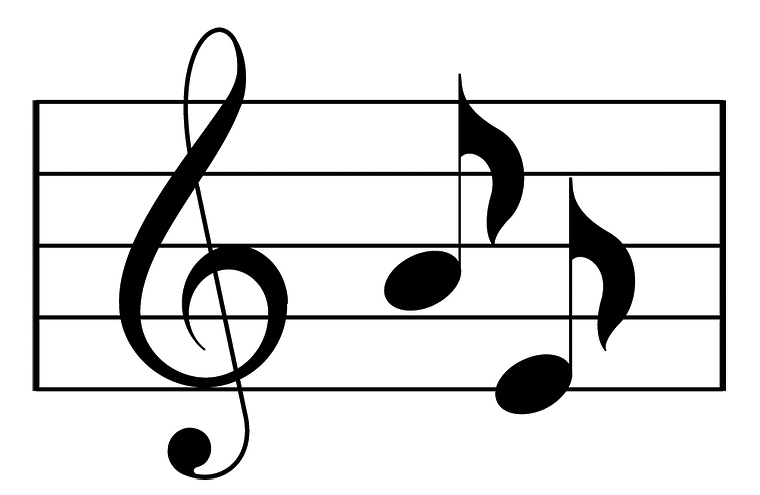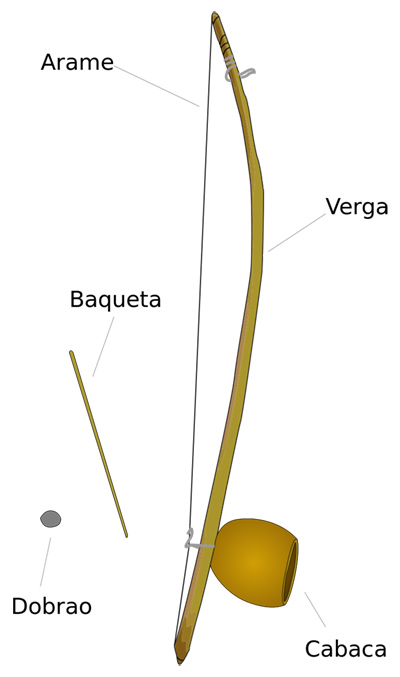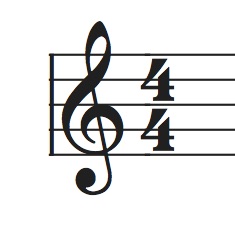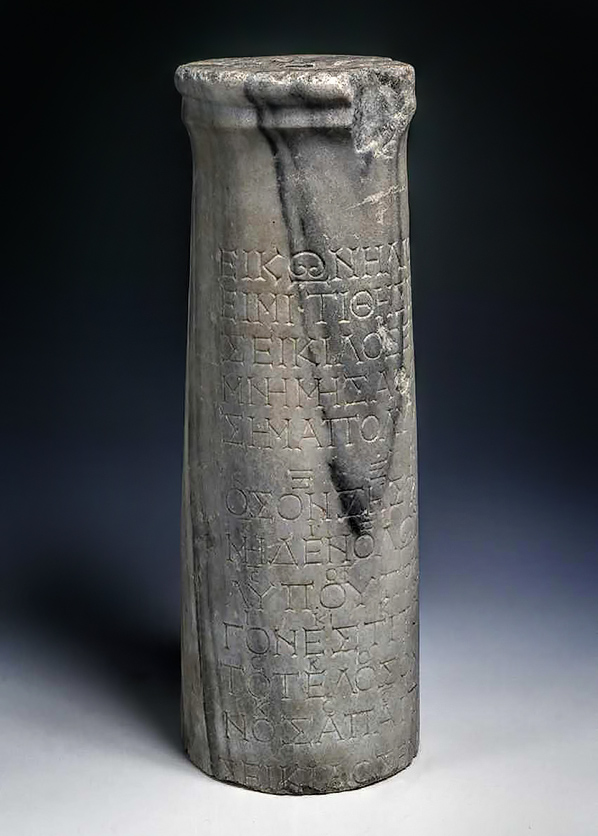Fill This Form To Receive Instant Help
Fill This Form To Receive Instant Help
Homework answers / question archive / MUS-107 Test 1 Question 1 of 40 (worth 2
MUS-107 Test 1
Question 1 of 40 (worth 2.5 points)
The string instrument family is divided into two broad categories (select two responses):
| A. | idiophones | |
| B. | bowed chordophones | |
| C. | electrophones | |
| D. | aerophones | |
| E. | plucked chordophones | |
| F. | definite pitch membranophones | |
| G. | indefinite pitch membranophones |
![]() Review
Review
Check to review before finishing (will be flagged in Table of Contents)
Question 2 of 40 (worth 2.5 points)
The definition of crescendo is:
| A. | decrease tempo little by little | |
| B. | a gradual increase in volume | |
| C. | vigor with expressiveness | |
| D. | an abrupt decrease in volume | |
| E. | accelerate tempo gradually |
![]() Review
Review
Check to review before finishing (will be flagged in Table of Contents)
Question 3 of 40 (worth 2.5 points)
Guitars are classified in the Hornbostel-Sachs system as:
| A. | megaphones | |
| B. | membranophones | |
| C. | chordophones | |
| D. | aerophones | |
| E. | idiophones |
![]() Review
Review
Check to review before finishing (will be flagged in Table of Contents)
Question 4 of 40 (worth 2.5 points)
Adagio, Moderato and Presto are:
| A. | musical articulations | |
| B. | levels of spiciness for marinara sauce | |
| C. | levels of dynamics | |
| D. | tempo marks | |
| E. | the Italian names for the Greek muses of Melete, Mneme, and Aoide, i.e., practice, memory and song |
![]() Review
Review
Check to review before finishing (will be flagged in Table of Contents)
Question 5 of 40 (worth 2.5 points)
How many sections does ternary form have?
| A. | four | |
| B. | numbers of sections vary according to musical style | |
| C. | one | |
| D. | two | |
| E. | three |
![]() Review
Review
Check to review before finishing (will be flagged in Table of Contents)
Question 6 of 40 (worth 2.5 points)
Musical instruments which are normally struck, rubbed, scraped or shook are called:
| A. | chordophones | |
| B. | percussion instruments | |
| C. | strings | |
| D. | woodwinds | |
| E. | aerophones |
![]() Review
Review
Check to review before finishing (will be flagged in Table of Contents)
Question 7 of 40 (worth 2.5 points)
The distance between two pitches may be expressed numerically as:
| A. | temporal variance range | |
| B. | register | |
| C. | an interval | |
| D. | a pythagorean overtone | |
| E. | incident wave reflection |
![]() Review
Review
Check to review before finishing (will be flagged in Table of Contents)
Question 8 of 40 (worth 2.5 points)
Tremolo is a technique used to create:
| A. | rapid chord arpeggiations | |
| B. | rapid reiteration of a single note | |
| C. | sustained bursts of low pitches—e.g., tail wind—from low brass instruments | |
| D. | vibrato | |
| E. | long and accented tones |
![]() Review
Review
Check to review before finishing (will be flagged in Table of Contents)
Question 9 of 40 (worth 2.5 points)
Which scale tone is the tonic chord built on?

| A. | seventh note of the scale | |
| B. | second note of the scale | |
| C. | fourth note of the scale | |
| D. | sixth note of the scale | |
| E. | first note of the scale | |
| F. | third note of the scale | |
| G. | fifth note of the scale |
![]() Review
Review
Check to review before finishing (will be flagged in Table of Contents)
Question 10 of 40 (worth 2.5 points)
The mezzo soprano is inbetween the range of:
| A. | tenor and alto | |
| B. | bass and tenor | |
| C. | alto and soprano | |
| D. | bass and baritone | |
| E. | baritone and tenor |
![]() Review
Review
Check to review before finishing (will be flagged in Table of Contents)
Question 11 of 40 (worth 2.5 points)
Identify the three main techniques used to create musical form:
| A. | pitch, duration and timbre | |
| B. | chorus, verse and bridge | |
| C. | groove, beat and vibe | |
| D. | threefold layered samples with secondary reflections for upper frequencies | |
| E. | repetition, variation and contrast |
![]() Review
Review
Check to review before finishing (will be flagged in Table of Contents)
Question 12 of 40 (worth 2.5 points)
The oldest musical artifact, the Divje Babe Flute:
| A. | is linked to the origin of the Western musical scale | |
| B. | was invented by Homo sapiens sapiens during the Neolithic era | |
| C. | is between 50,000 and 60,000 years old and believed to have been made by Neanderthal man during the Palaeolithic era | |
| D. | is among the best examples of a Neolithic membranophone | |
| E. | was played by nomadic tribesmen in the Altai Republic region of south-central Russia |
![]() Review
Review
Check to review before finishing (will be flagged in Table of Contents)
Question 13 of 40 (worth 2.5 points)
A whole note is equal in duration to (select all correct answers):
![]()
| A. | two quarter notes and an eighth note | |
| B. | two half notes | |
| C. | four quarter notes | |
| D. | a dotted half note | |
| E. | three half notes |
![]() Review
Review
Check to review before finishing (will be flagged in Table of Contents)
Question 14 of 40 (worth 2.5 points)
Pizzicato means to:
| A. | draw the bow across the strings | |
| B. | strike the strings with the frog of the bow | |
| C. | pluck the strings of a violin, viola, cello or similar bowed stringed instrument with one's finger | |
| D. | gently tap the drum head | |
| E. | tremolo using the tip of the bow |
![]() Review
Review
Check to review before finishing (will be flagged in Table of Contents)
Question 15 of 40 (worth 2.5 points)
Choose the best definition of a chord:
| A. | a group of three or more notes sounded together | |
| B. | the sound producing medium of a chordophone | |
| C. | tremolo rapido con brio | |
| D. | two or more indefinite pitches | |
| E. | a single pitch played persistently |
![]() Review
Review
Check to review before finishing (will be flagged in Table of Contents)
Question 16 of 40 (worth 2.5 points)

The two main musical properties symbolized by staff notation are (select two answers):
| A. | neume | |
| B. | fortissimo | |
| C. | rhythm | |
| D. | legato | |
| E. | timbre | |
| F. | te'amim | |
| G. | pitch |
![]() Review
Review
Check to review before finishing (will be flagged in Table of Contents)
Question 17 of 40 (worth 2.5 points)
The term, timbre, refers to:
| A. | tone color, i.e., the unique character or quality of sound produced by an instrument or voice | |
| B. | the verbal warning popularized by nineteenth century French lumberjacks | |
| C. | the types of wood used in musical instruments such as violins, guitars and lutes. | |
| D. | an extra light vibrato | |
| E. | degrees of loudness and softness in music | |
| F. | temporal shifts |
![]() Review
Review
Check to review before finishing (will be flagged in Table of Contents)
Question 18 of 40 (worth 2.5 points)
Snare drums are an example of:
| A. | an aerophone | |
| B. | a chordophone | |
| C. | a definite pitch percussion instrument | |
| D. | an idiophone | |
| E. | an indefinite pitch percussion instrument |
![]() Review
Review
Check to review before finishing (will be flagged in Table of Contents)
Question 19 of 40 (worth 2.5 points)
If notes flow smoothly from one to another, i.e., are connected, the melody is said to be:
| A. | legato | |
| B. | marcato | |
| C. | staccato | |
| D. | pizzicato e acro | |
| E. | disjunct |
![]() Review
Review
Check to review before finishing (will be flagged in Table of Contents)
Question 20 of 40 (worth 2.5 points)
What does tempo mean?
| A. | speed of the beat | |
| B. | meter | |
| C. | a series of syncopations | |
| D. | metrical orientation | |
| E. | rhythm |
![]() Review
Review
Check to review before finishing (will be flagged in Table of Contents)
Question 21 of 40 (worth 2.5 points)
A gradual decrease in volume is called a:
| A. | fortissimo | |
| B. | forte | |
| C. | diminuendo | |
| D. | accent | |
| E. | crescendo |
![]() Review
Review
Check to review before finishing (will be flagged in Table of Contents)
Question 22 of 40 (worth 2.5 points)
Degrees of loudness and softness in music are called:
| A. | fortissimo | |
| B. | incident waves | |
| C. | measured timbral variance | |
| D. | frequency of vibration (Hz) | |
| E. | dynamics |
![]() Review
Review
Check to review before finishing (will be flagged in Table of Contents)
Question 23 of 40 (worth 2.5 points)
Clarinets are an example of (select all valid answers):
| A. | a chordophone | |
| B. | a brass instrument | |
| C. | a single reed instrument | |
| D. | a double reed instrument | |
| E. | an idiophone | |
| F. | a woodwind instrument | |
| G. | an aerophone |
![]() Review
Review
Check to review before finishing (will be flagged in Table of Contents)
Question 24 of 40 (worth 2.5 points)
The earliest known music notation was created in:
| A. | Nippur, Sumer (part of ancient Mesopotamia), circa 2000 BC, by writing on clay tablets. | |
| B. | Greece during the sixth century BC, using small symbols above song text to indicate pitch. | |
| C. | China, dating from the early Tang Dynasty | |
| D. | Japan, during the seventh and eighth centuries for the Imperial Court Orchestra, i.e., Gagaku (??) | |
| E. | Germany by cleric and music theorist Franco of Cologne |
![]() Review
Review
Check to review before finishing (will be flagged in Table of Contents)
Question 25 of 40 (worth 2.5 points)
The process of connecting and organizing chords is called:
| A. | melodic invention | |
| B. | harmony | |
| C. | heterophony | |
| D. | counterpoint | |
| E. | organology |
![]() Review
Review
Check to review before finishing (will be flagged in Table of Contents)
Question 26 of 40 (worth 2.5 points)

The instrument depicted in the image is classified as:
| A. | an aerophone | |
| B. | a chordophone | |
| C. | an idiophone | |
| D. | an electrophone | |
| E. | a membranophone |
![]() Review
Review
Check to review before finishing (will be flagged in Table of Contents)
Question 27 of 40 (worth 2.5 points)
Identify the main attributes of musical sounds (select all valid answers):
| A. | embouchure | |
| B. | timbre | |
| C. | duration | |
| D. | dynamics | |
| E. | indefinite pitch percussion instruments | |
| F. | idiophones | |
| G. | pitch | |
| H. | homophony |
![]() Review
Review
Check to review before finishing (will be flagged in Table of Contents)
Question 28 of 40 (worth 2.5 points)
Examples of indefinite pitch include (select all valid answers):
| A. | bare hands striking congas and bongos | |
| B. | sustained forte notes on the flute | |
| C. | notes on the marimba | |
| D. | notes on the organ | |
| E. | foot stomps and hand claps | |
| F. | cymbal crash |
![]() Review
Review
Check to review before finishing (will be flagged in Table of Contents)
Question 29 of 40 (worth 2.5 points)

The five horizontal lines and four spaces used to write notes on is called:
| A. | neumes | |
| B. | cuneiform | |
| C. | Gongche notation | |
| D. | mnemonic symbols | |
| E. | a staff |
![]() Review
Review
Check to review before finishing (will be flagged in Table of Contents)
Question 30 of 40 (worth 2.5 points)
Bassoons are an example of (select all valid answers):
| A. | a single reed instrument | |
| B. | a woodwind instrument | |
| C. | a chordophone | |
| D. | an idiophone | |
| E. | a brass instrument | |
| F. | a double reed instrument | |
| G. | an aerophone |
![]() Review
Review
Check to review before finishing (will be flagged in Table of Contents)
Question 31 of 40 (worth 2.5 points)

The top number in a meter or time signature indicates the:
| A. | tempo | |
| B. | size of the note | |
| C. | meter | |
| D. | degree of temporal displacement | |
| E. | use of the 4th finger |
![]() Review
Review
Check to review before finishing (will be flagged in Table of Contents)
Question 32 of 40 (worth 2.5 points)
A chord progression is defined as:
| A. | the degree of temporal displacement | |
| B. | the use of SATB | |
| C. | two or more chords used in a sequence | |
| D. | a numerical designation of one chord only | |
| E. | a type of melody |
![]() Review
Review
Check to review before finishing (will be flagged in Table of Contents)
Question 33 of 40 (worth 2.5 points)

What is the object depicted above?
| A. | an example of mensural notation created by cleric and music theorist Franco of Cologne | |
| B. | a Cuneiform Tablet from Nippur, Sumer, circa 2000 BC | |
| C. | Chinese Gongche notation | |
| D. | the Seikilos Epitaph, c. 100 AD, Greece, the oldest known complete piece in musical notation | |
| E. | a vase stand with an inscription of Hebrew symbols known as te'amim |
Question 34 of 40 (worth 2.5 points)
Wind instruments produce sound via a vibrating column of air: the longer the air column, the higher the pitch.
True
False
![]() Review
Review
Check to review before finishing (will be flagged in Table of Contents)
Question 35 of 40 (worth 2.5 points)
A major scale is a sequential placement of tones in the do-re-mi-fa-so-la-ti-do pattern, i.e., an interval pattern of whole, whole, half, whole, whole, whole, half steps.
True
False
![]() Review
Review
Check to review before finishing (will be flagged in Table of Contents)
Question 36 of 40 (worth 2.5 points)
The Hornbostel-Sachs system is used to classify instruments according to how sounds are produced.
True
False
37. Father I Adore You
Identify the meter used in this video.
|
|
A. | compound meter |
|
|
B. | quadruple meter |
| C. | duple meter | |
|
|
D. | triple meter |
|
|
E. | multimeter |
38. Choose the texture of this piece:
|
|
A. | monophonic |
|
|
B. | polyphonic |
|
|
C. | heterophonic |
| D. | homophonic | |
|
|
E. | microphonic |
39. 60 Second handpan challenge 2019
The instrument played in this video is:
|
|
A. | an erhu (??) |
|
|
B. | a glockenspiel |
|
|
C. | a cymbal |
| D. | a definite pitch idiophone | |
|
|
E. | an indefinite pitch idiophone |
40. Designate the musical texture in this track:
|
|
A. | polyphonic |
|
|
B. | monophonic |
|
|
C. | microphonic |
| D. | homophonic | |
|
|
E. | heterophonic |


